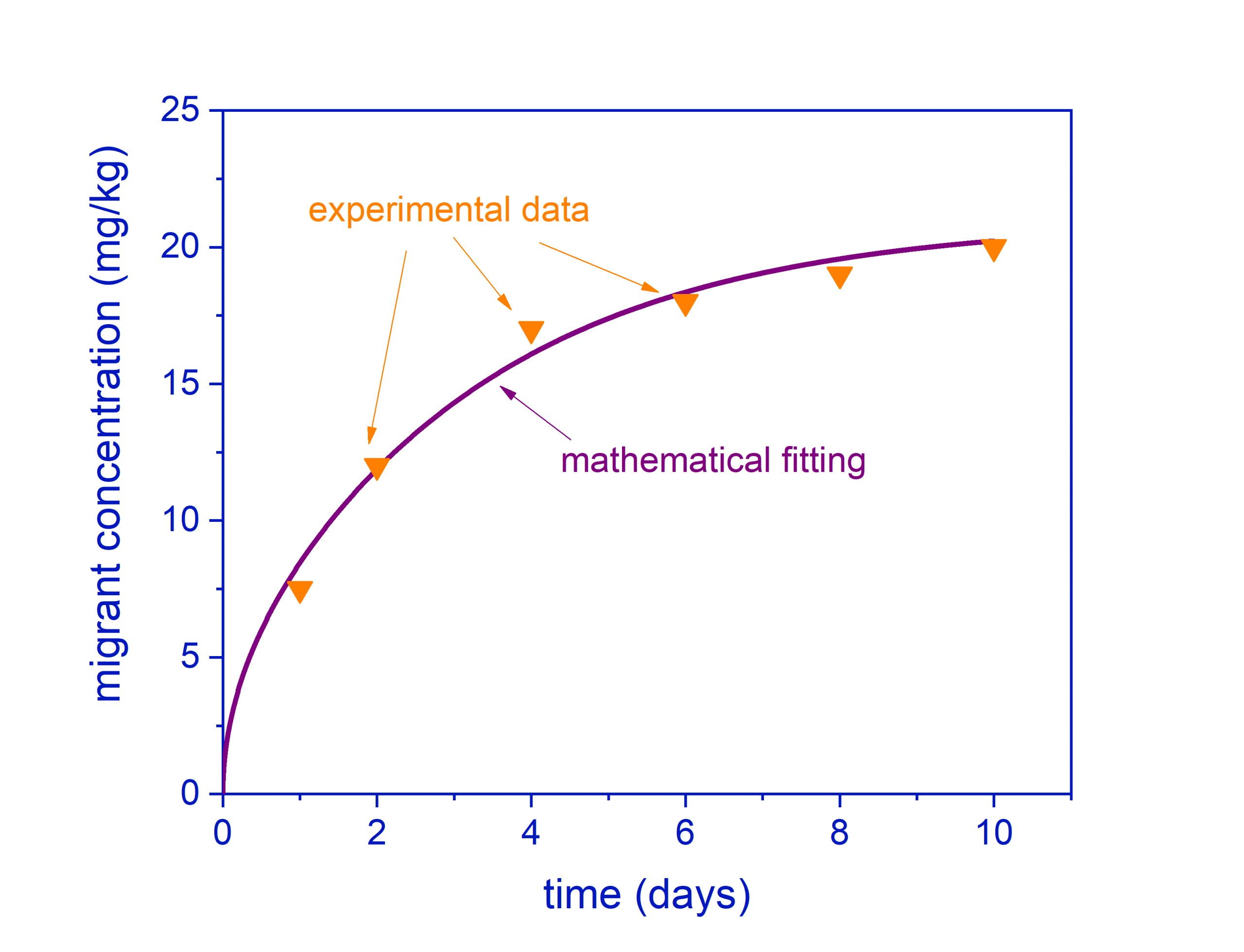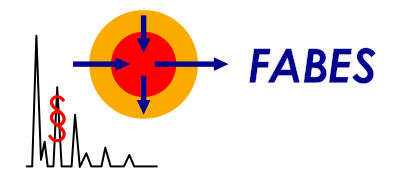Research
Biobased biodegradable fibre and bone adhesive materials – Migration of oligomers from plastic materials – new food simulants for non-plastic materials – determination of diffusion and partition coefficients of several materials in contact with drinking water and simulants – The research activities of FABES cover a wide range of issues, ranging from consumer exposures to the physical and chemical interactions between polymeric materials and their contact media. You can find some examples of research projects already carried out under the heading “Expertise”. These are carried out for the Forschungsgemeinschaft für Verpackungs- und Lebensmitteltechnik e.V. (FoGe) or with various institutes, associations, networks and industry within the framework of EU and other projects.
Typically, the projects are based on diffusion processes of ingredients from plastic materials, paper or cardboard, printing inks, varnishes, adhesives and other materials. Packagings made of these materials or parts thereof, such as beverage tubes, containers, floor coverings or other consumer goods, can release ingredients into food, pharmaceuticals, cosmetics, water or indoor air by diffusion, i.e. migration or permeation.
In addition to the additives used, the ingredients (“migrants”) can also be their degradation products and impurities, production aids or residual monomers and oligomers from the matrix itself.
Depending on the question, different techniques are used or combined. Below you will find a small selection:

